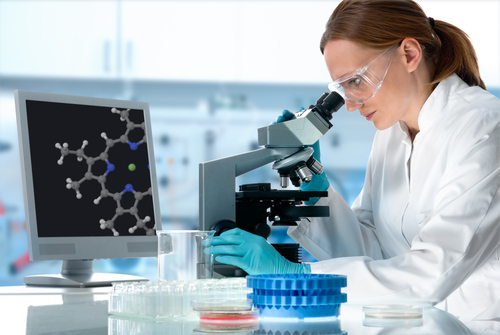Acquired Angioedema Can Develop in Lymphoma Patients, Case Study Shows

In rare cases, people with either lymphoma or a non-cancerous blood condition can develop acquired angiodema without hives, a case study reports.
The hallmark of the non-cancerous condition, monoclonal gammopathy, is abnormal antibodies in the blood. Hives are red welts on the skin.
Angioedema is a condition that normally involves swelling below the skin. Acquired angieodema stems from a deficiency in C1 esterase inhibitor, or C1-INH. When its levels are normal, the inhibitor regulates key enzymes in the body.
A research team reported on the case of a 65-year-old woman with B-cell marginal zone lymphoma who developed angioedema without hives because of lack of C1-INH.
The case study, “Atypical Presentation of Acquired Angioedema,” appeared in the journal Cutis.
Acquired angioedema causes swelling in the face, lips, tongue, limbs, or genitals. It also can cause swelling of the lining of the digestive tract, leading to abdominal pain and nausea, or swelling of upper airways, which can be life-threatening. The symptoms usually last several days.
The woman went to a clinic because of redness and swelling in her eyelids. She had had chemotherapy for B-cell marginal zone lymphoma.
Acquired angioedema can stem from a lymphoproliferative disease — or one caused by an overproduction of white blood cells. Or it can stem from an autoimmune disease, which involves the immune system attacking the body’s own tissue. B-cell marginal zone lymphoma is a lymphoproliferative disease.
Laboratory tests showed that the woman lacked protein C1 esterase inhibitor, the level of which doctors use to diagnose acquired angioedema. C1-INH is a protein that regulates bradykinin, a substance that regulates swelling.
The woman’s symptoms subsided on their own a few days after she was diagnosed. Doctors gave her a prescription for Firazyr (icatibant) to manage future swelling episodes.
Human plasma C1-INH can be used both to treat swelling attacks and prevent future ones, but larger doses may be needed for patients with acquired angioedema.
Kalbitor (ecallantide) inhibits plasma kallikrein, a substance that activates bradykinin. Doctors use it to treat acute acquired angioedema attacks. But it must be administered by a healthcare professional with the appropriate medical support to manage the severe allergic reaction that it can sometimes generate.
Angiodema patients can inject themselves with Firazyr, which means they can treat swelling attacks without delay. The drug’s side effects include pain and irritation at the injection site.
The team that did the case study said it’s important to recognize acquired angioedema and treat it quickly. They noted that while it can be treated with a number of medications, the best approach is eliminating its underlying cause — which in the case of the 65-year-old woman was cancer.
Recognizing angioedema is essential because it “does not respond to antihistamines and corticosteroids,” which means other treatments are required, the team wrote.






